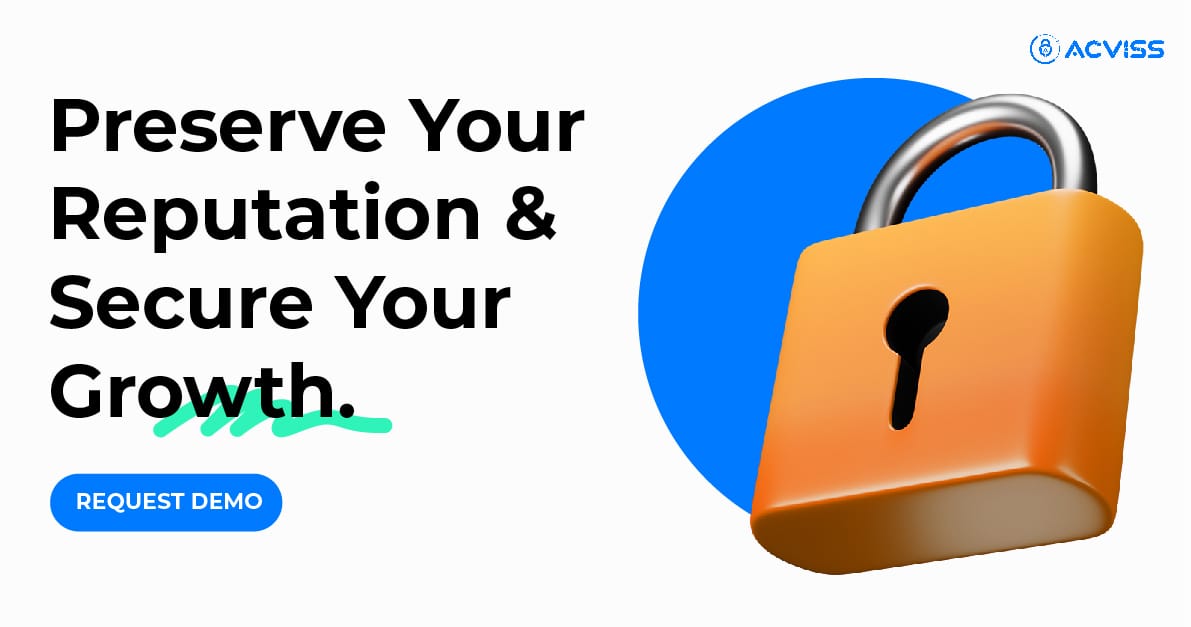Essential Guide to Auditing Suppliers for EUDR Compliance Regulation

Imagine a car manufacturer eagerly sourcing premium leather, rubber, and wood to create luxurious interiors for the European market, only to find that one supplier in their chain is linked to deforestation. This oversight doesn’t just impact their reputation—it may lead to regulatory issues under the European Union Deforestation Regulation (EUDR), a rule that strictly limits products associated with environmental harm.
EUDR brings significant pressure on industries to ensure that every material used in their products is responsibly sourced. For automotive manufacturers, this means that high-risk materials like leather, rubber, and wood must come from verified, deforestation-free suppliers. This checklist provides essential steps to audit suppliers, helping automakers align with EUDR and build a transparent, sustainable supply chain that European consumers and regulators demand.
Why Supplier Audits are Essential for EUDR Compliance
The key factor of EUDR is to make sure the source of concerned commodities is adhering to its guidelines. Now, one of the most important links to this is the supplier. It is essential to work with the right and knowledgeable suppliers to stay away from defaulting.
Supplier audits are a critical pillar in meeting EUDR’s requirements. Through regular audits, manufacturers can track and validate their suppliers' environmental practices, ensuring compliance with deforestation-free standards. Audits offer significant benefits: they reduce the risk of non-compliance, protect brand reputation, and enhance supply chain transparency. In a landscape where consumers and regulators prioritise sustainability, supplier audits not only help meet regulatory expectations but also build trust and accountability within the automotive industry’s complex global supply networks.
Key Steps in Auditing Suppliers for EUDR Compliance

Auditing suppliers for EUDR compliance requires a systematic approach to ensure each supplier meets the regulation's strict environmental standards. Here are the essential steps:
1. Initial Supplier Assessment
Begin with an evaluation of each supplier's location and practices. Assess if their operations are in deforestation-prone areas or involve high-risk materials like leather, rubber, or wood. Verify their sourcing practices, as understanding this baseline helps in identifying potential risk factors early on.
2. Certification Verification
Certifications like the Forest Stewardship Council (FSC) and Rainforest Alliance are essential indicators of sustainable practices. Confirm that suppliers hold these certifications, as they validate compliance with sustainability standards. Recognized certifications help ensure that materials are sourced responsibly, minimising deforestation risks and simplifying the compliance process.
3. Risk Assessment and Documentation
Conduct a comprehensive risk assessment for each supplier. Identify specific risk factors based on their location, operations, and materials sourced, and document this assessment thoroughly. Documented evidence of these assessments not only strengthens compliance but also prepares the organisation for EUDR-related audits.
4. Supplier Onboarding and Compliance Training
Once assessed, onboard suppliers who meet compliance requirements and provide EUDR-focused training. This step is particularly important for new suppliers to understand regulatory expectations, including traceability and sustainability. Regular training updates also reinforce EUDR standards across the supply chain.
5. Implementing a Traceability System
EUDR compliance heavily relies on traceable supply chains. Implement technology solutions, such as blockchain or digital ledgers, to monitor the journey of materials from their source. This approach increases transparency, helps verify claims of sustainable sourcing, and facilitates easy access to documentation required for regulatory reviews.
6. Regular and Random Audits
Conduct scheduled audits to verify ongoing compliance, but also include unscheduled checks. Regular audits allow manufacturers to verify adherence over time, while random checks provide insights into actual day-to-day practices. Both are essential to ensuring suppliers maintain compliance even outside of scheduled assessments.
7. Third-Party Verification
Utilise third-party audits for an unbiased assessment. Third-party auditors offer additional credibility by verifying certifications, supply chain practices, and compliance. This additional layer of verification is valuable in strengthening the overall audit process and providing objective evidence for regulatory compliance.
8. Continuous Monitoring and Improvement
EUDR compliance is an evolving requirement, so monitoring and refining the audit process is essential. Regularly update the audit criteria to align with any changes in EUDR standards and identify areas for improvement within the supply chain. Continuous improvement ensures that the compliance process remains effective, thorough, and aligned with regulatory shifts.
Best Practices for Conducting Effective Supplier Audits

To ensure supplier compliance with EUDR, incorporating structured audit practices is essential. Here’s how to execute these audits effectively:
1. Audit Planning
Establish clear objectives for each audit, focusing on high-risk materials and EUDR standards. Define the audit frequency and scope, considering factors like supplier risk level and geographical location.
2. On-Site Inspections
Conducting on-site inspections offers firsthand insight into supplier practices. Particularly for materials prone to deforestation impacts, these visits allow auditors to directly observe resource extraction, processing, and overall adherence to sustainability requirements.
3. Reviewing Environmental and Social Practices
Evaluate the supplier’s adherence to ethical and sustainable practices by reviewing their environmental and social policies. Confirm that they align with EUDR requirements by checking their waste management, deforestation prevention, and fair labour practices.
4. Regular Monitoring and Data Collection
Establish continuous monitoring of supplier practices through data collection tools. Regular reviews help track compliance over time, identify any lapses, and facilitate real-time updates on the supplier's adherence to EUDR guidelines. This ongoing oversight strengthens the audit process by ensuring compliance is not just a one-time effort but a sustained commitment.
The Role of Third-Party Verifications
Third-party verifications play a critical role in ensuring suppliers meet EUDR compliance requirements by providing unbiased, expert assessments of sourcing and sustainability practices. These external bodies offer credibility that can protect a company’s reputation and enhance transparency across the supply chain.
Partnering with independent agencies helps identify any potential compliance gaps without internal biases. These agencies are trained in EUDR standards and ensure that supplier assessments meet regulatory expectations.
For EUDR compliance, look for certifications from recognized bodies like the Forest Stewardship Council (FSC) and Rainforest Alliance, which validate sustainable forestry and ethical practices. Other relevant agencies include the Sustainable Forestry Initiative (SFI) and the Programme for the Endorsement of Forest Certification (PEFC), which focus on environmental standards for high-risk materials like wood and leather.
Leveraging Technology in Supplier Audits

Effective supplier audits for EUDR compliance increasingly rely on technology to track, document, and verify sourcing practices.
1. Blockchain for Traceability
Blockchain technology offers a secure, transparent method to track materials from their origin, ensuring compliance across the supply chain. Each transaction is recorded and immutable, which supports trust and accountability.
2. Automated Monitoring Tools
Tools for real-time deforestation monitoring, like satellite imagery and AI-based alerts, provide ongoing insights into land use changes, helping to identify non-compliant practices early.
3. Digital Documentation and Compliance Reporting
Digitised documentation systems streamline record-keeping and EUDR reporting, centralising audit records for easy access and compliance verification.
Maintaining a Sustainable Supplier Relationship
Building and nurturing sustainable relationships with suppliers is vital for long-term compliance and supply chain stability. Once you find a reliable supplier it is crucial that you keep the relationship intact to avoid any future hassle of finding a reliable supplier again.
Supporting Sustainable Practices
Encourage sustainable practices through training and capacity-building initiatives, which help suppliers meet EUDR standards and enhance overall compliance.
Benefits of Long-Term Partnerships
Establishing long-term partnerships with compliant suppliers ensures consistency in quality and sustainability, reducing risk and fostering mutual trust. Sustainable relationships also facilitate continuous improvement, allowing companies and suppliers to work together towards compliance and environmental goals.
Wrapping Up
Auditing suppliers is more than just a regulatory checkbox for EUDR compliance—it’s a meaningful investment in responsible, sustainable sourcing. By following these best practices, automotive companies can build trust within their supply chains, reduce risks, and ultimately strengthen their brand reputation.
As EUDR standards evolve, embracing these practices will position companies ahead of the curve. Implementing proactive, tech-driven audits now lays the groundwork for a resilient, transparent supply chain that aligns with the future of sustainable automotive manufacturing.
Interested to learn more? Get in touch with us today! Join the rank of global leaders and secure your supply chain, ensure you are EUDR compliant and sustained growth.
